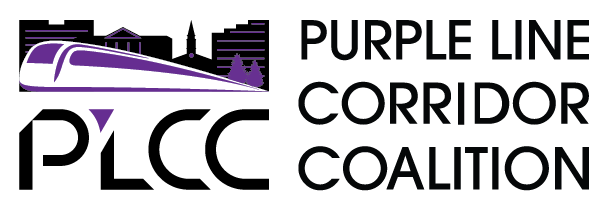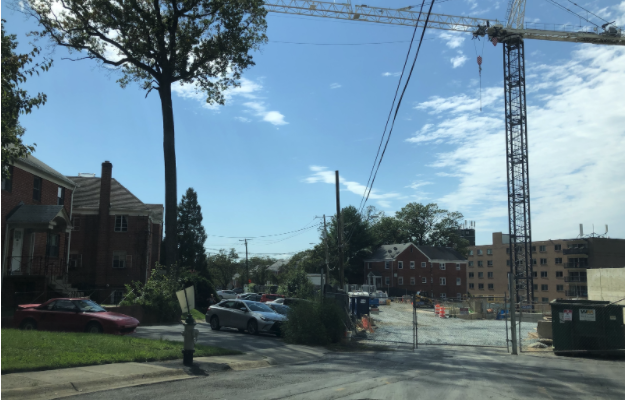PLCC’s 2021-2022 Small Business Support Action Plan
PLCC’s 2021-2022 Small Business Support Action Plan is now available, and it will guide PLCC’s work to support small and microbusinesses through the overlapping challenges of rising commercial rents, construction disruptions, and the pandemic.
The PLCC Small Business Support Action Plan builds on a three-phase small business COVID recovery framework developed by Jill Schlesinger, a nationally-syndicated financial columnist. This includes immediate Triage, medium-term Transition, and long-term Transformation strategies that will create vibrant spaces for the existing community and attract new customers. This plan prioritizes six neighborhoods, referred to throughout the plan as equity areas, where small businesses are most vulnerable to displacement and where increased community investment can drive racial equity. These areas include Greater Riverdale, communities along University Boulevard including Northern Gateway and Langley Park, Long Branch, Bonifant Street and Fenton Village in Silver Spring, and the Brookville Road Business District in Lyttonsville. There are an estimated 830 micro-businesses within 1/2 mile and 513 micro-businesses within 1/4 mile of these stations.
Co-Chaired by the Latino Economic Development Center and CASA, the PLCC Small Business Action Team is focused on supporting existing businesses and strengthening commercial corridors. Strategies identified include:
-Place-based Management, Technical Assistance and Service Coordination
-Policy, Advocacy, and Education
-Marketing and Promotion
-Research and Relationship-Building for Transformation
See the Executive Summary here, and the full Small Business Support Action Plan here.

